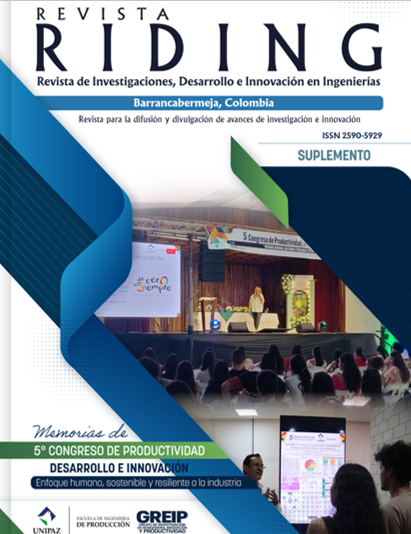Development of a Photoelectrochemical System for Hydrogen Production from Sulfur-Contaminated Water
Keywords:
hidrógeno, fotoelectroquímica, agua contaminada, semiconductores, reactores fotoelectroquímicosAbstract
The presentation "Development of a Photoelectrochemical System for Hydrogen Production from Sulfur-Contaminated Water" focused on the research conducted during the doctoral thesis of Master Carreño, carried out at the Industrial University of Santander under the supervision of Dr. Martha Eugenia Niño Gómez and Dr. Julio Andrés Pedraza Avella.
The concern over the accumulation of greenhouse gases has led to the search for cleaner energy sources, with hydrogen being one of the most promising alternatives. However, hydrogen production faces significant challenges, such as the high cost of electrolyzers and the need for ultrapure water, which increases operational costs.
To address these challenges, it was proposed to use produced water from the oil and gas industry, which presents a significant waste ratio, generating up to 14 barrels of water for every barrel of oil. This strategy addresses the issue of using ultrapure water and takes advantage of a resource typically considered waste.
The research focused on the development of photocatalytic materials, specifically semiconductors like zinc oxide and bismuth oxide, which are light-sensitive. Different configurations of photoelectrochemical reactors were explored, highlighting flat plate reactors for their ability to collect light and distribute potential uniformly.
The results showed that the composite material of bismuth sulfide and bismuth oxide exhibited the best efficiency in hydrogen production, with a high photocurrent density and stability in sulfurated media. Simulations using computational fluid dynamics were conducted to optimize the reactor design, validating the model through residence time distribution tests.
Finally, it was demonstrated that the proposed system, using real produced water, achieved hydrogen production rates exceeding expectations, evidencing the viability of the approach for clean energy production from contaminated resources.
References
Congreso de Productividad, Desarrollo e Innovación: Enfoque humano, sostenible y resiliente a la industrial
Downloads
Published
Issue
Section
License

Este obra está bajo una licencia de Creative Commons Reconocimiento-NoComercial-CompartirIgual 3.0 Unported.


